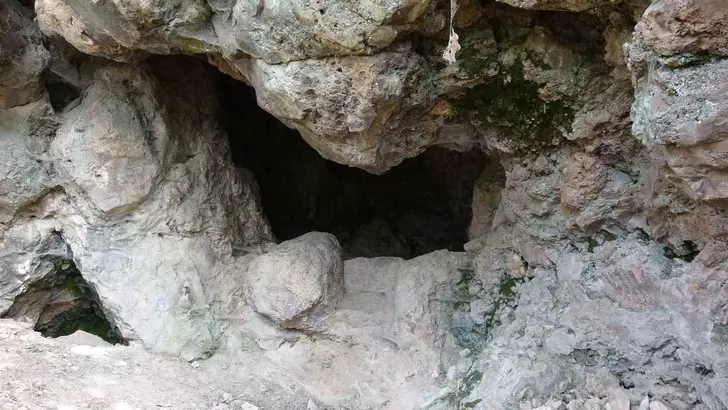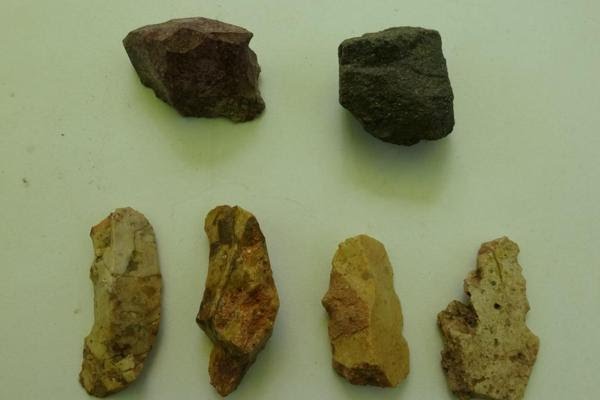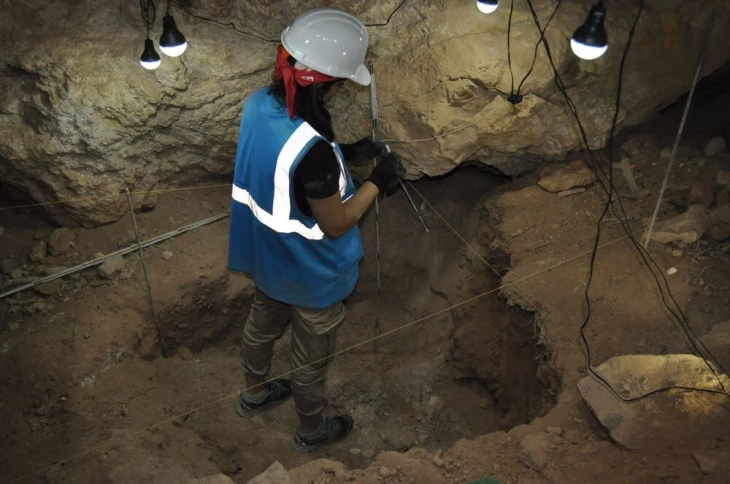The İnkaya Cave in Çanakkale, nestled in the northwestern part of Türkiye, has recently become a focal point of archaeological intrigue. Excavations within this cave have unveiled not only the traces of 86 thousand years of human habitation but also a treasure trove of flint tools, offering insights into ancient craftsmanship and daily life.
Located within Bahadırlı village in the Çan district, İnkaya Cave’s significance emerged during the Muğla and Çanakkale Provinces Survey in 2016 under the guidance of Ankara University’s Department of Paleoanthropology lecturer, İsmail Özer. Subsequent excavations, led by an international team under the Troy Museum Directorate, have delved into the cave’s Middle Paleolithic era, shedding light on migrations between Anatolia and the Balkans.

The latest excavations, supported by the Turkish Historical Society, revealed the cave’s Middle Paleolithic workshop area, hinting at sustained human presence due to the availability of flint resources and water. Professor Ismail Ozer, the excavation director, highlighted the cave’s importance in enriching our understanding of the Paleolithic period in Çanakkale and Türkiye as a whole.
While cave excavations are relatively scarce in Turkish provinces, İnkaya Cave stands out as a significant site, offering a glimpse into human life during the Middle Paleolithic Period, approximately dating back from 250,000 to 50,000 years ago. Remarkably, finds on the cave’s eastern slopes have provided precise dating information, tracing human activity back to 86,000 years ago.

The excavation team has unearthed a plethora of flint artifacts, providing valuable clues about ancient tool-making techniques and daily activities. From toothed tools resembling modern-day saws to tools with handles crafted from natural materials like tree branches or bone, the artifacts speak volumes about Paleolithic ingenuity and resourcefulness.
According to Özer, these tools likely served multiple purposes, such as digging soil, scraping animal skins, or crafting other necessities for survival. Microscopic analysis of the stones will offer deeper insights into the specific functions of these tools, unraveling more about the daily lives and skills of ancient inhabitants.
Despite the absence of organic remnants like skeletal remains or kitchen scraps, the cave’s rich deposit of flint artifacts paints a vivid picture of human adaptation and innovation during a pivotal period in prehistory. As excavations continue and analysis progresses, İnkaya Cave promises to unveil further secrets and contribute significantly to our knowledge of early human civilizations in the region.
